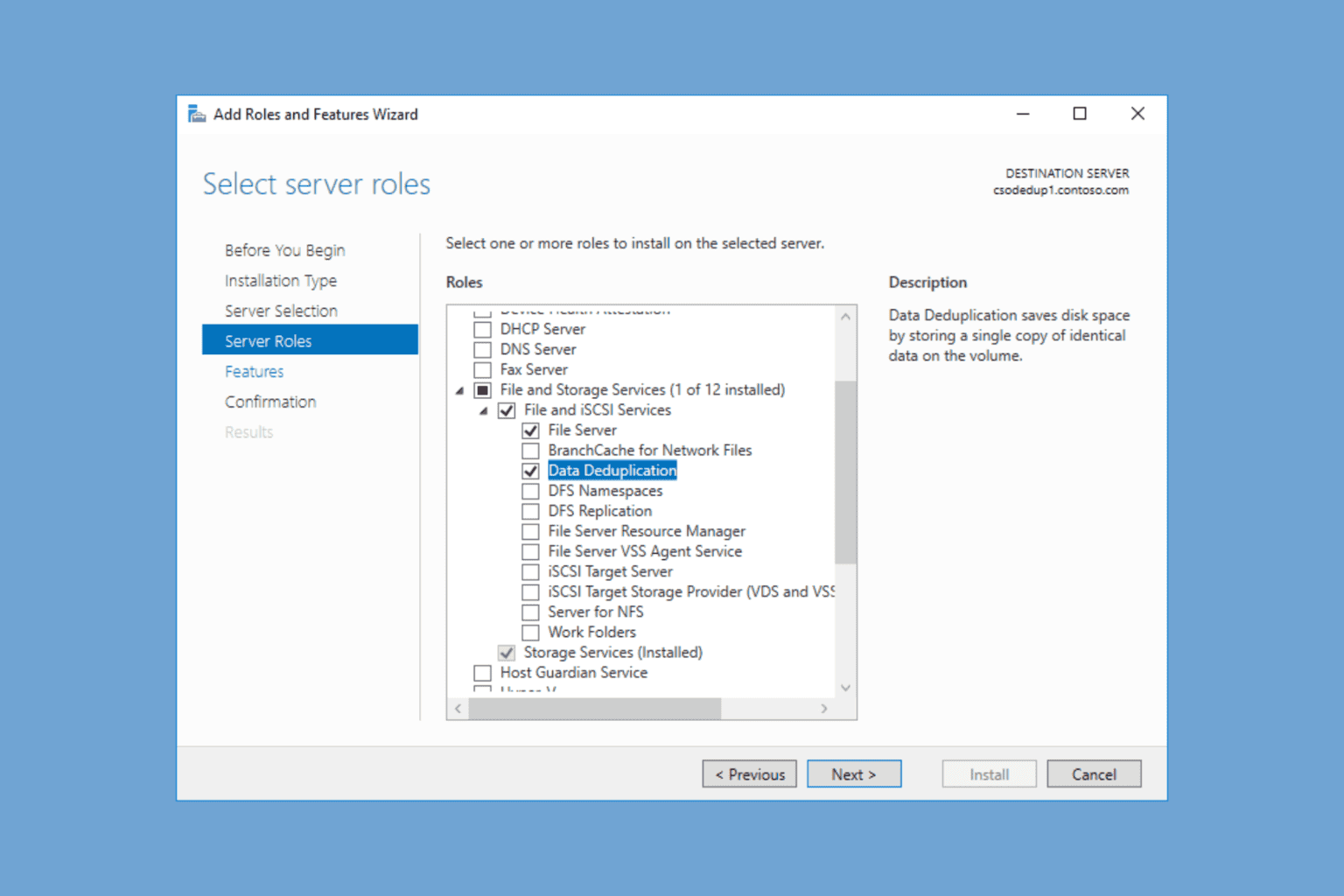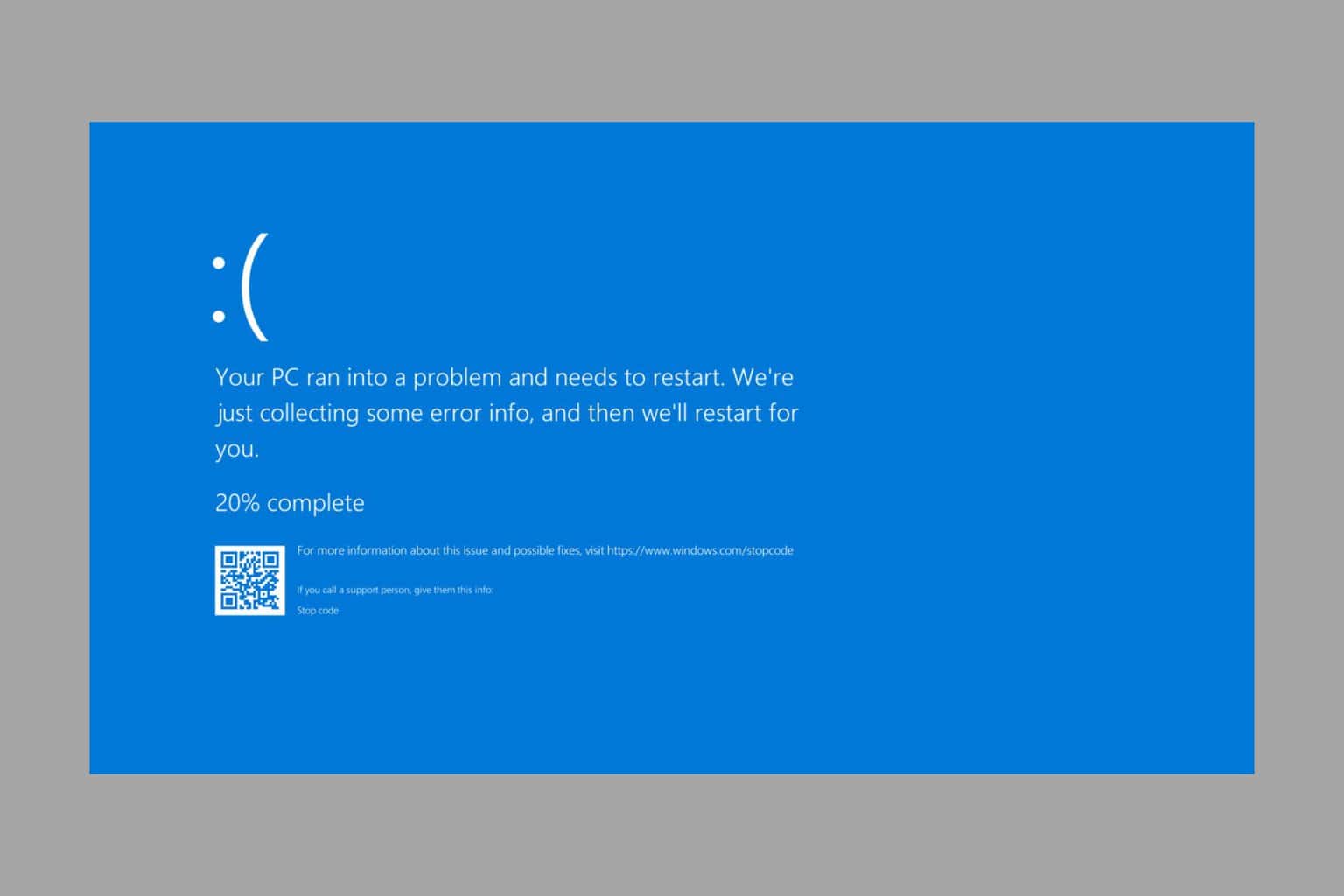Microsoft Defender for Cloud now supports Google Cloud Platform
2 min. read
Published on
Read our disclosure page to find out how can you help Windows Report sustain the editorial team. Read more

Not every organization might be using a single cloud service in its day-to-day operations, and this can sometimes cause security issues. That’s why Microsoft has just announced that Microsoft Defender for Cloud now supports Google Cloud Platform.
With the news, Microsoft hopes that organizations can easily understand and manage their security postures across clouds, and help protect their workloads. More importantly, though, according to Microsoft, it makes Microsoft the only cloud provider that enables you to manage security natively across clouds. Some of the features and examples of benefits of this can be seen below, as explained by Microsoft’s Gilad Elyashar over on the Microsoft Defender for Cloud Blog.
- Central, multi-cloud view with a new Secure Score for all clouds combined and the ability to compare your compliance status against critical benchmarks such as Center of Internet Security (CIS) for GCP and AWS.
- Microsoft Defender for Cloud will provide more than 80 out-of-the-box recommendations to begin with. These are aligned to industry
standards and security best practices, including a mapping to the CIS benchmark for Google Cloud.- Threat protection capabilities are built into in Microsoft Defender for Cloud for the most critical workloads running in GCP including both containers and servers.
- Defender for Cloud is extending its server protection to support Google Compute Engine VMs, another critical workload type across most environments.
For those worried about the onboarding process, Microsoft says that it should be quite easy. Microsoft is using native Google APIs and is allowing security teams to security teams to connect the entire organization or individual projects to Microsoft Defender for Cloud without the need for any agents or additional Google services. You can learn more about this and see a deeper dive during Microsoft’s “What’s next in Security” event on February 24.








User forum
0 messages